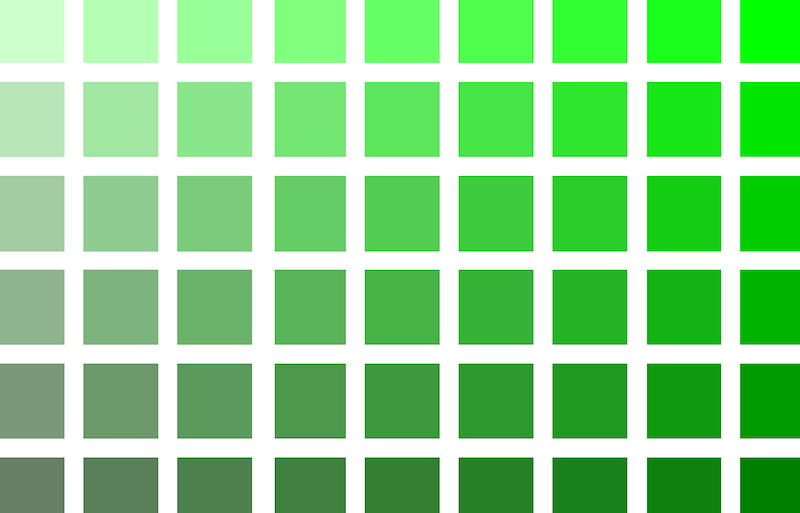Revealed: Fuel cell emits more CO2 than new gas plants do


When it comes to environmentally friendly energy technologies, there is no such thing as pure "green." All tree-hugging power solutions impart ecological damage somewhere along the value chain.
Latest example: You know those fuel cells that you might have been hearing about from Bloom Energy? You know - the big boxes that work like a battery and spare us CO2 emissions because they provide electricity to the grid without combusting fossil fuels.
Well, it turns out that they emit a fair amount of carbon dioxide. That's right, CO2, as in the stuff that gets into the air and warms the planet.
A fuel cell maven named Lindsay Leveen says that Bloom is "'greenwashing' in claiming that Bloom's fuel cells are a low-carbon power generation source or can count toward a renewable portfolio standard," Greentech Media reported this week.
According to Leveen, Bloom's fuel cells on average emit 884 pounds of CO2 per megawatt-hour (mWh) of electricity produced. While that's not a bad reduction compared to 2,249 pounds for a coal-fired plant, it's not a whole lot less than 1,135 for an existing natural gas plant.
But get this: It's more than the 730 pounds per mWh of modern combined cycle natural gas plants made by the likes of GE, Siemens and Mitsubishi, according to the report.
How does a Bloom fuel cell get involved with CO2 in the first place? The clue is in the name: fuel cell. A Bloom Box makes electricity by sending, whadya know, fossil fuel - natural gas - on a journey between a cathode and an anode (fuel cells make electricity in a manner similar to a battery; unlike a battery, they generally can't store electricity).
Like solar, wind, geothermal and all those other clean renewables that each have their dirty sides, we are reminded again that green comes in shades.
Image is from Scott Williams Art
In Bloom on SmartPlanet:.
- Verizon buys into Bloom Energy fuel cell tech
- Fuel cell maker Bloom Energy launches data center business
- Bloom Energy raises $150M; worth nearly $3 billion
This post was originally published on Smartplanet.com